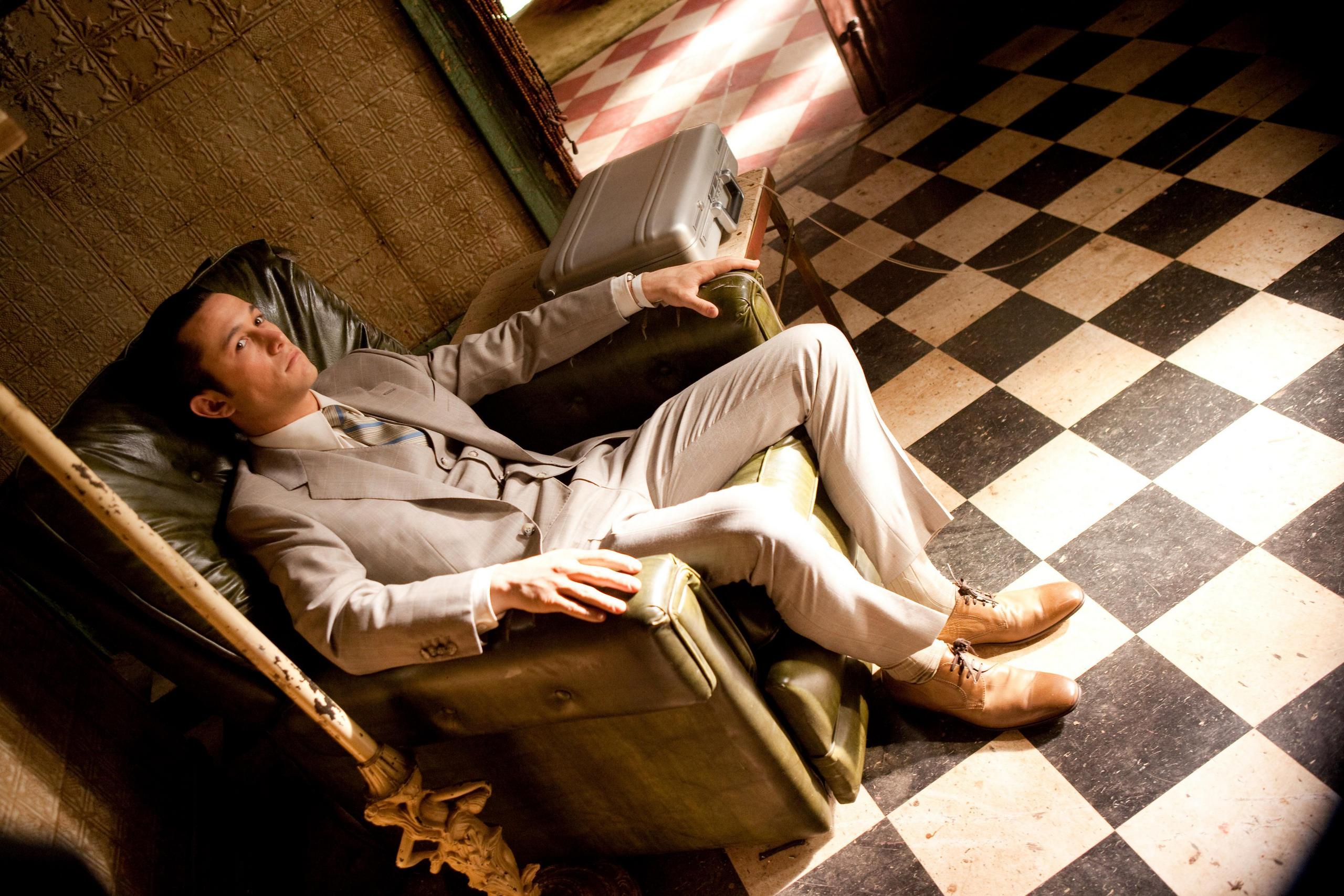There are a many different types distance camera shots which tells you a picture/story behind the image. By how close the camera distance is or the way the shot it taken can cause tension or tell a story before watching the film.
These are a some different distance camera shots from different films:
- Extreme close up shot - (EUC)
This image above was taken from the film 'Insidious' which is a Horror film. The image represents a close up of a lady's eyes looking up which gives the impression she is worried or anxious. This makes the audience prepared that something is likely to happen making them feel terrified before anything is shown.
- Close up Shot (CU)
This close up is taken from the film 'The Hunger Games'. Close ups are also very useful when trying to add emotion to the conversation. Whether the emotion is sadness, anger or fear a close up of a characters , can be so powerful in getting that emotion across without using any dialog. The image above expresses the young girls sadness and hope. She looks as if she is in pain and looking up to help and protection.
- Medium Shots (MS)
This medium shot is taken from the film 'Mean Girls'. This image shows two of the girls sat together in their school canteen having lunch. This is a medium shot as it show two of the girls upper body's and the location it is placed in. Medium shots are good for setting the scene, it gives the audience more of an idea of the location and the girls body language.
There is a difference in 'Medium Shot' and 'Medium Long Shot'. The image below is taken from the same film 'Mean Girls'.
The difference is in medium long shot you are able to see the girls full body and the location and normal how relating to the world around them. This image expresses the girls emotions by showing there facial expressions related to their body language which gives the audience a clear image of were they are and how they are emotionally feeling or experiencing.
- Long Shot (LS)
This image above is an example of a 'Long Shot'. A long shot image as you can see is more about the scene and location, not all focus on the characters. This is a very dramatic image as the location stands out in the image letting you know what's going on and why they are placed in that area.
- High angle and Low angle shots
This image represents a 'High angle shot' looking down on little Militia which makes her feel and look extremely venerable. It makes the small girl appear weak and scared as if she is being looked down on and not wanted. Any image that is presented from a high angle is used to make the characters have a lack of power.
The image above is a 'Low angle shot' which clearly label's the differences from high angle to low angle. Low angle shot represents a sense of power showing the characters skill and talent. Bat man in the image above is made to gain strength and be looked up to as a leader. He is made to look effective and already tells the audience that he is to lead.
- Dutch angle shot
The image above exemplifies a titles image. It is an easy way to establish a character in a film or image. He looks very worried as If he shouldn't be in that room. He lets off a sense of discomfort and shows him looking at something towards the right up high. This means he could be looked as venerable an weak.






%20and%20Sergei%20(Sergei%20Puskepalis)%20Long%20Shot.jpg)

